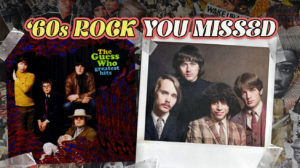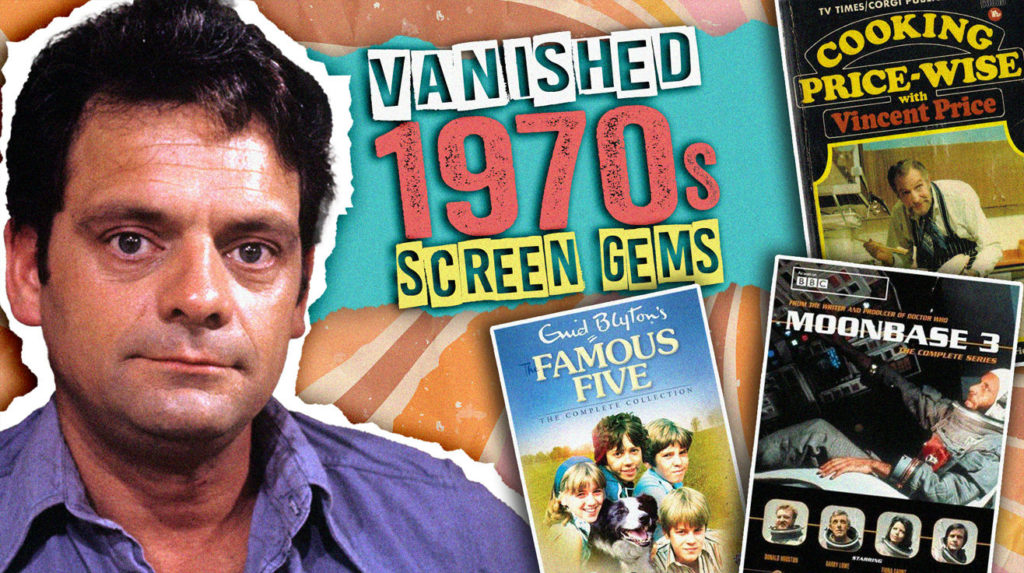
Welcome to the 1970s British TV vault—about as organized as Pete Davidson’s dating history, but substantially more consequential. The decade manufactured programming with idiosyncratic charm that contemporary viewers seldom encounter. These forgotten productions contain both substantial comedic elements and sociopolitical commentary of considerable perceptiveness. You know how when you discover unexpected currency in an abandoned garment? That’s what rediscovering these shows feels like—unexpected treasure.
20. Ace of Wands
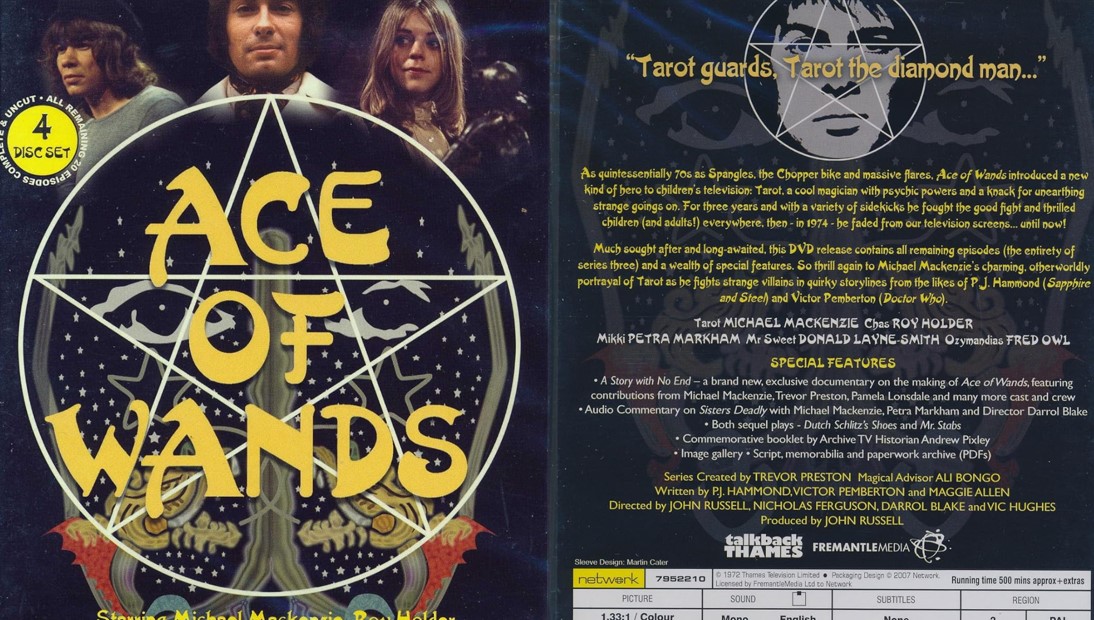
Before Marvel gave us Doctor Strange, ITV served up Tarot, a telepathic magician combating adversaries with nothing but dramatic hand gestures and questionable 70s fashion. This fantasy series ran from 1970 to 1972, accumulating a cult following that persists today. Of the 46 total episodes, 26 disappeared faster than your ex on social media. Collectors maintain the surviving third series, which grows increasingly scarce with each passing year. Its psychedelic style captivated audiences and continues influencing fantasy TV today, despite its considerable scarcity in contemporary media catalogs.
19. Joker’s Wild
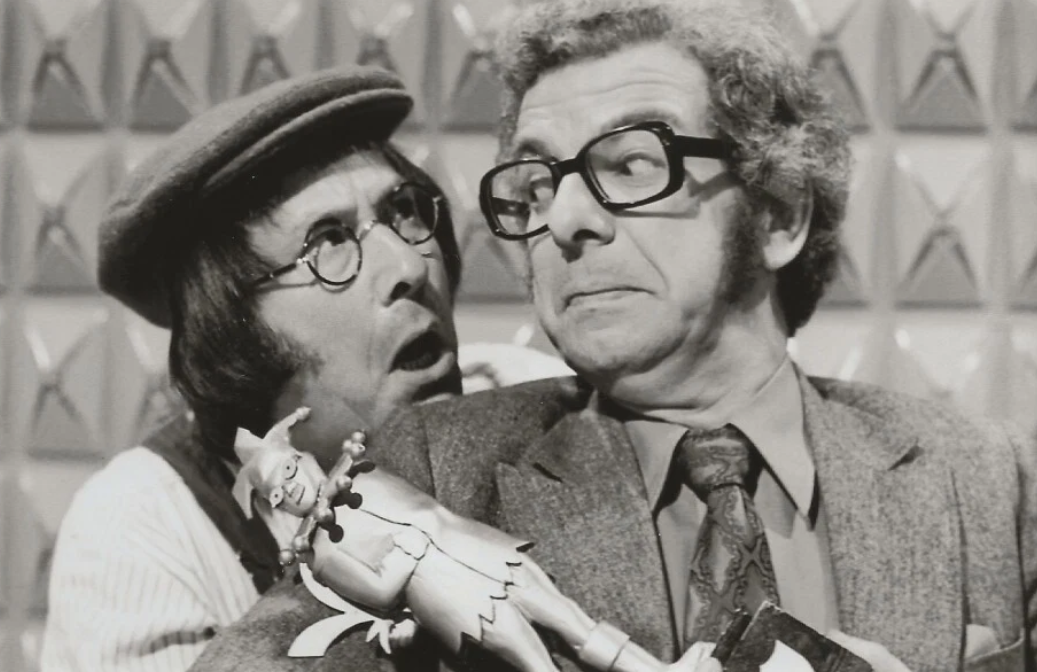
For nine glorious seasons, Joker’s Wild delivered comedy without forcing contestants to eat bugs or marry strangers. Barry Cryer hosted comedy legends like Les Dawson and Sid James, who generated authentic laughter without careers imploding afterward. The show emphasized intellectual humor rather than spectacle—an extraordinary concept. Archivists occasionally uncover early episodes on DVD, though locating them necessitates investigative tenacity. YouTube occasionally delivers the goods, demonstrating that algorithmic recommendations occasionally function appropriately.
18. The Feathered Serpent

Everyone mistakenly categorized this as children’s programming until they witnessed the opening credits, which conveyed unexpected gravitas. Running on ITV between 1976 and 1978, this Aztec drama starred Doctor Who alum Patrick Troughton as Nasca and Diane Kean as Empress Chalma. The production values demonstrated significant investment during an era when most shows appeared remarkably underfunded. Enthusiasts subsequently uploaded episodes to YouTube, though the visual quality presents significant challenges. The series warrants comprehensive digital restoration more than countless mediocre sitcoms receiving contemporary reboots.
17. Cooking Price-Wise

Horror icon Vincent Price established himself as the original Anthony Bourdain, traversing international cuisine with culinary expertise that complemented his cinematic endeavors. His 1971 Thames TV cooking show introduced British viewers to global gastronomy when their palates rarely acknowledged international flavors. Collectors value the companion cookbook at approximately $300—commensurate with contemporary fine dining establishments. Acquiring this publication demands considerable determination and financial resources, yet rewards culinary enthusiasts with recipes that demonstrate remarkable sophistication compared to transient social media food phenomena.
16. General Hospital
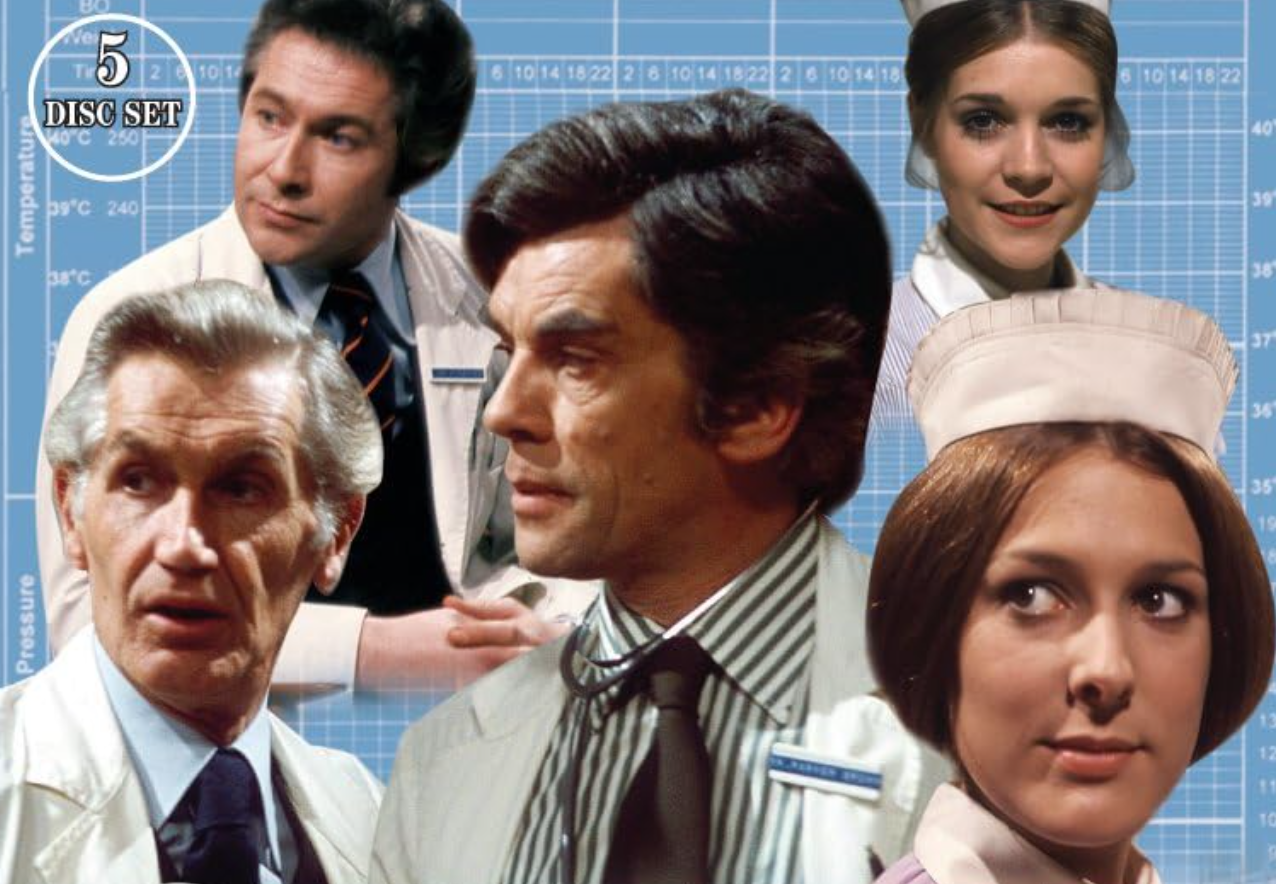
This medical narrative entertained audiences from 1972 to 1979, occupying the afternoon broadcast schedule before executives promoted it to evening prominence in 1975. Episodes expanded from 30 to 60 minutes, featuring Tony Adams and Lynda Bellingham addressing medical concerns with measured professionalism. YouTube hosts numerous episodes, with Series 1 available on DVD for media archivists. The program delivered psychological reassurance through predictable storytelling frameworks long before therapeutic entertainment became commonplace.
15. Carry On Laughing
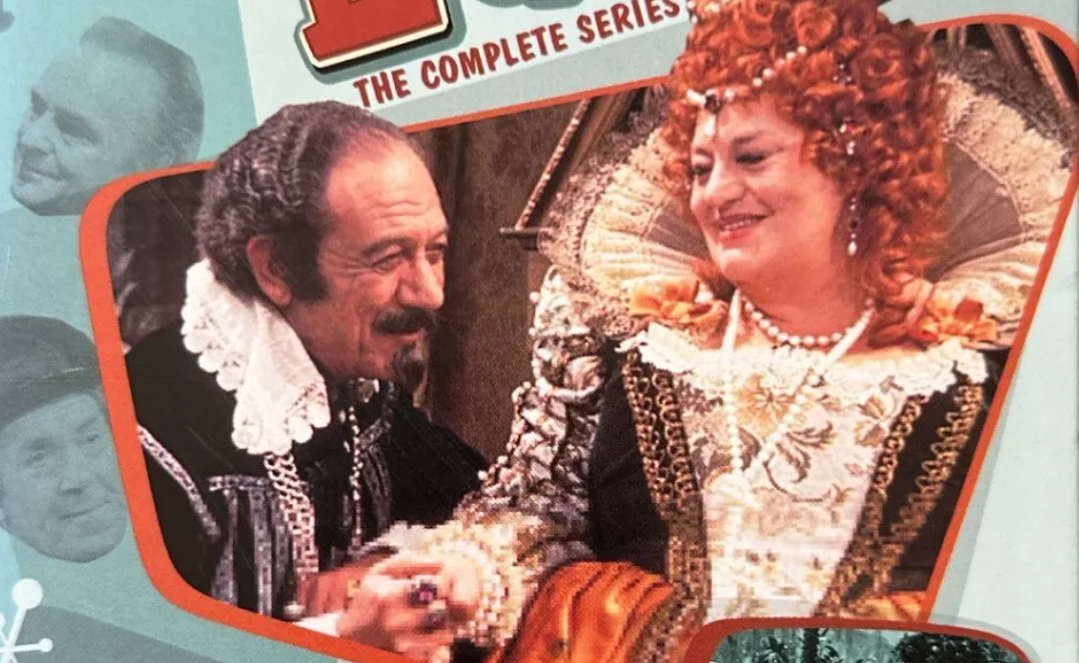
Transitioning from cinematic to televisual format presented considerable challenges for this beloved franchise. This 1975 ITV series appropriated the Carry On film methodology with inconsistent results. Thirteen historical-themed episodes starred luminaries like Sid James and Barbara Windsor attempting to elevate material of questionable quality. Producers included it as supplementary content on Carry On film DVDs, functioning primarily as a cautionary illustration regarding entertainment franchises. Approach with appropriately calibrated expectations, similar to how one engages with disappointing cinematic sequels.
14. The Wheel Tappers and Shunters Social Club
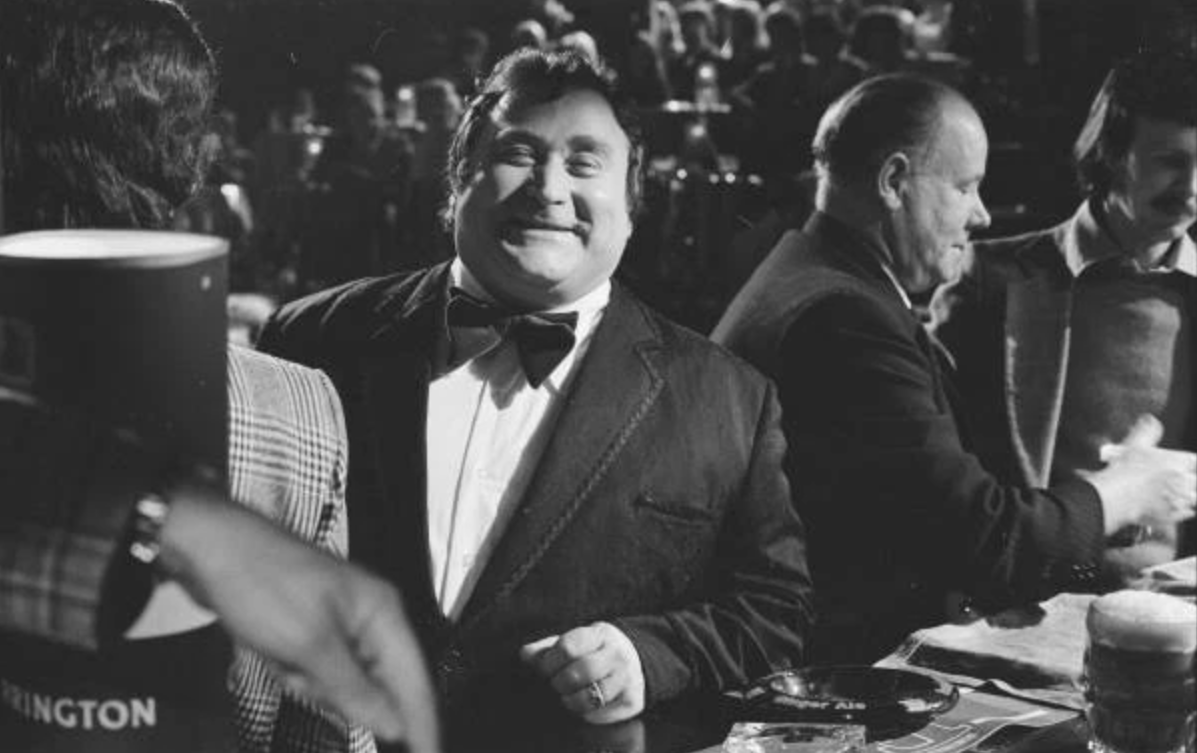
Imagine experiencing a 1974 working-class entertainment venue transmitted into domestic environments nationwide. Bernard Manning functioned as master of ceremonies while Colin Crompton portrayed the establishment’s chairman, complete with alcoholic refreshment and designated seating arrangement. The programming combined obscure performers with legitimate celebrities including Roy Orbison and a developing Paul Daniels. Archivists preserved it via YouTube and DVD, documenting entertainment methodology that contemporary corporate venues cannot authentically replicate regardless of financial investment.
13. Target
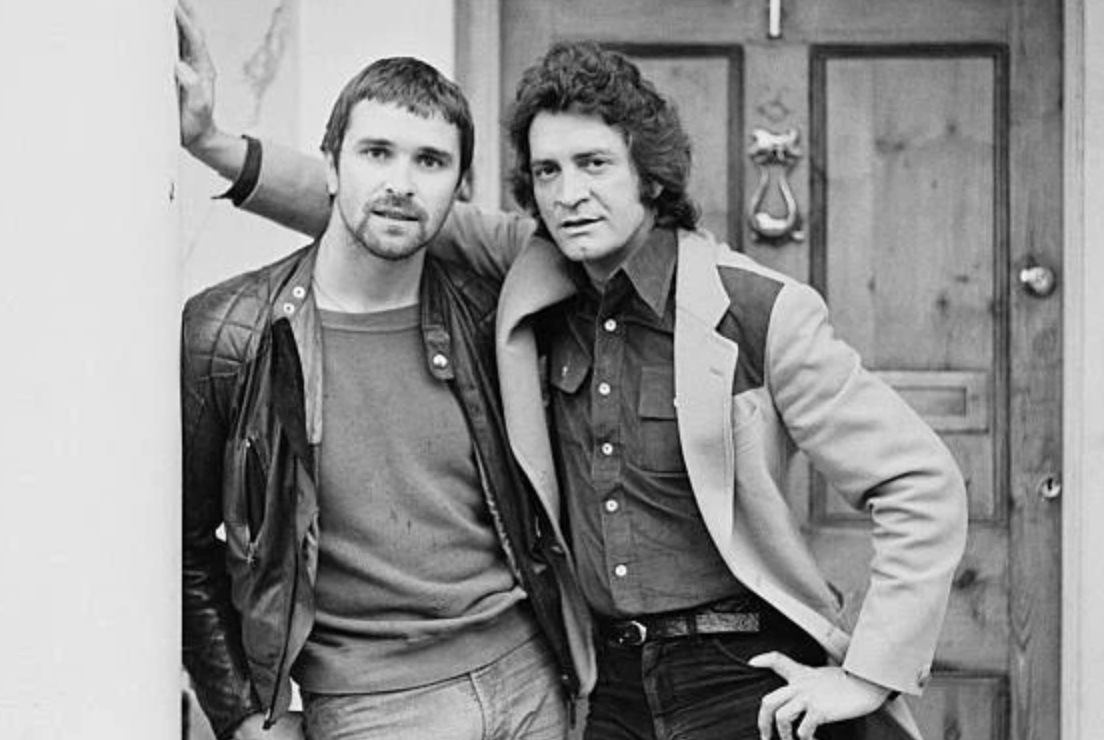
The BBC’s response to The Sweeney materialized in 1977 with Patrick Mower portraying detective Steve Hackett, introducing unprecedented violence that generated considerable controversy. Critics expressed moral indignation to extraordinary degrees. Executives terminated the first series prematurely despite merchandising opportunities, demonstrating that content moderation predated social media considerably. Locating episodes requires substantial technological proficiency. Target’s unflinching realism revolutionized detective programming while simultaneously concerning parents regarding societal degradation.
12. The Duchess of Duke Street
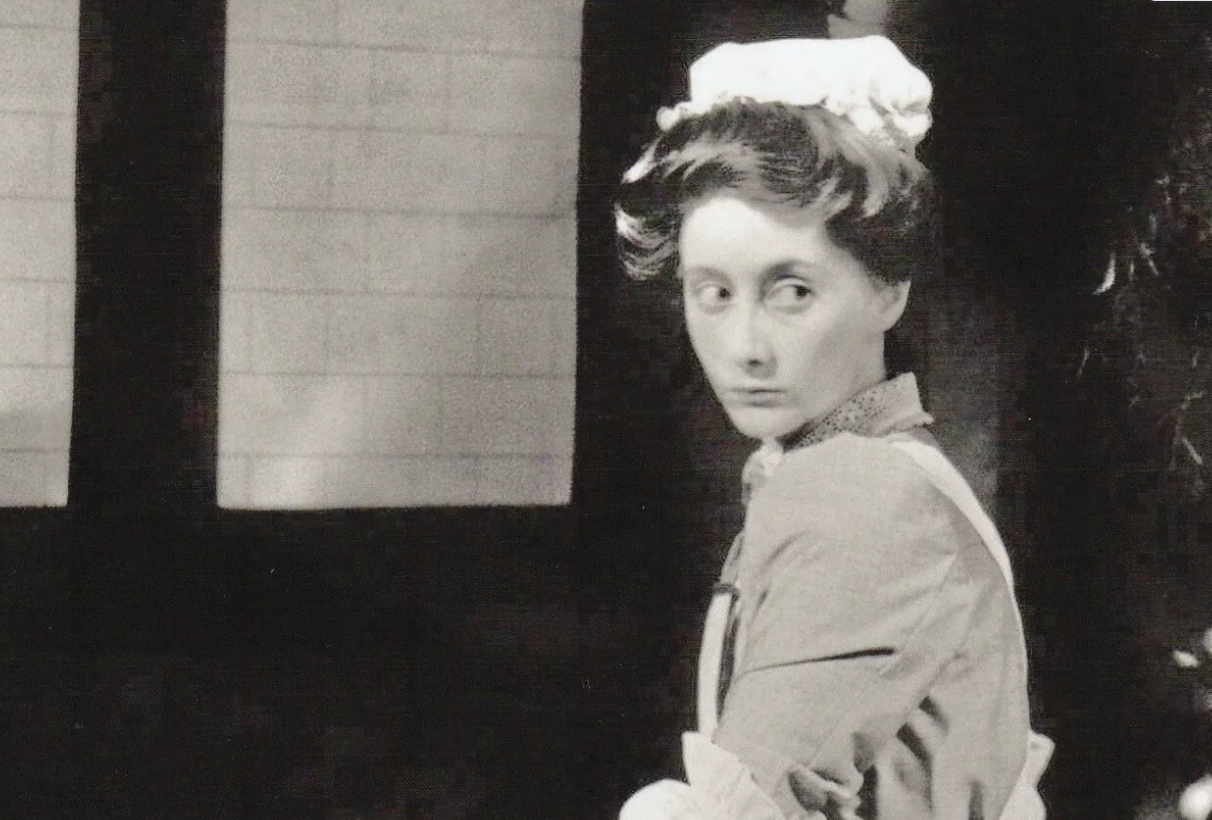
Gemma Jones portrayed Louisa Leyton, a culinary professional who ascended social hierarchies through gastronomic expertise. Biographical inspiration came from hotelier Rosa Lewis, attracting approximately 12 million viewers—statistics that contemporary broadcasting executives would consider extraordinary. Set during Edwardian London, it addressed class stratification, professional ambition, and interpersonal relationships with remarkable sophistication. Available through multiple distribution channels, comprehending Rosa Lewis’s biographical details enhances viewer appreciation substantially. The narrative documents an historical period when social advancement required demonstrable talent rather than ephemeral internet notoriety.
11. The Protectors
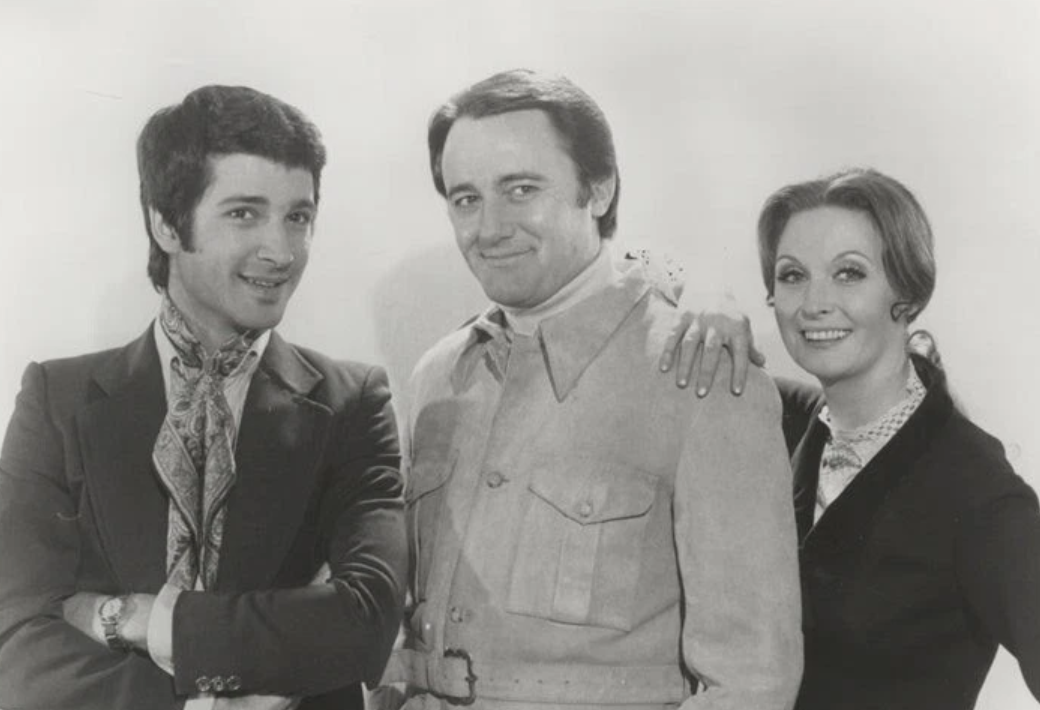
Robert Vaughn and Nyree Dawn Porter starred in this international action narrative broadcasting from 1972 to 1974. Their organization safeguarded endangered individuals while operating ostentatious vehicles that projected considerable affluence. Tony Christie contributed the musical theme “Avenues and Alleyways,” establishing memorable auditory associations. Content distributors make it accessible through DVD, YouTube, and ITVX platforms. The program’s international locations provided vicarious travel experiences when domestic audiences rarely encountered foreign environments. Its multinational perspective maintains surprising contemporary relevance.
10. Lucky Feller
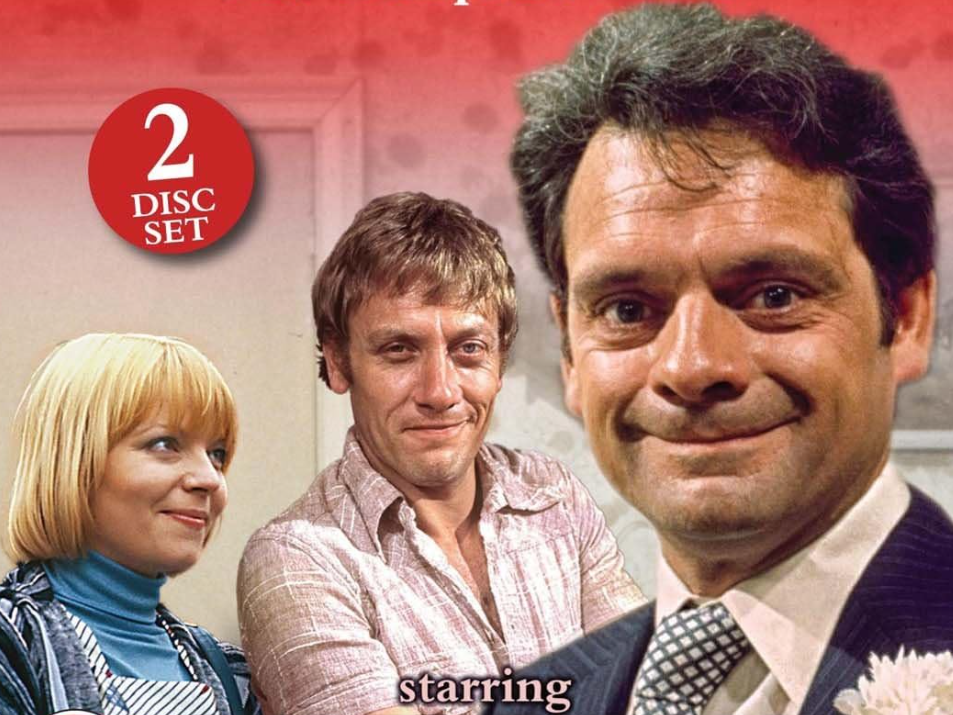
Before achieving national recognition, David Jason portrayed Shorty Mepstead in this 1976 ITV comedy that subsequently disappeared from programming schedules despite adequate viewership statistics. Broadcast executives inexplicably limited repeated transmissions. Cheryl Hall co-starred as Kath, observing Jason’s developing performance capabilities. Archivists subsequently transferred all episodes to DVD format, though obtaining copies presents significant challenges. The production illustrates how even extraordinary performers initially appear in relatively obscure programming that subsequent generations fail to acknowledge adequately.
9. Lollipop Loves Mr. Mole
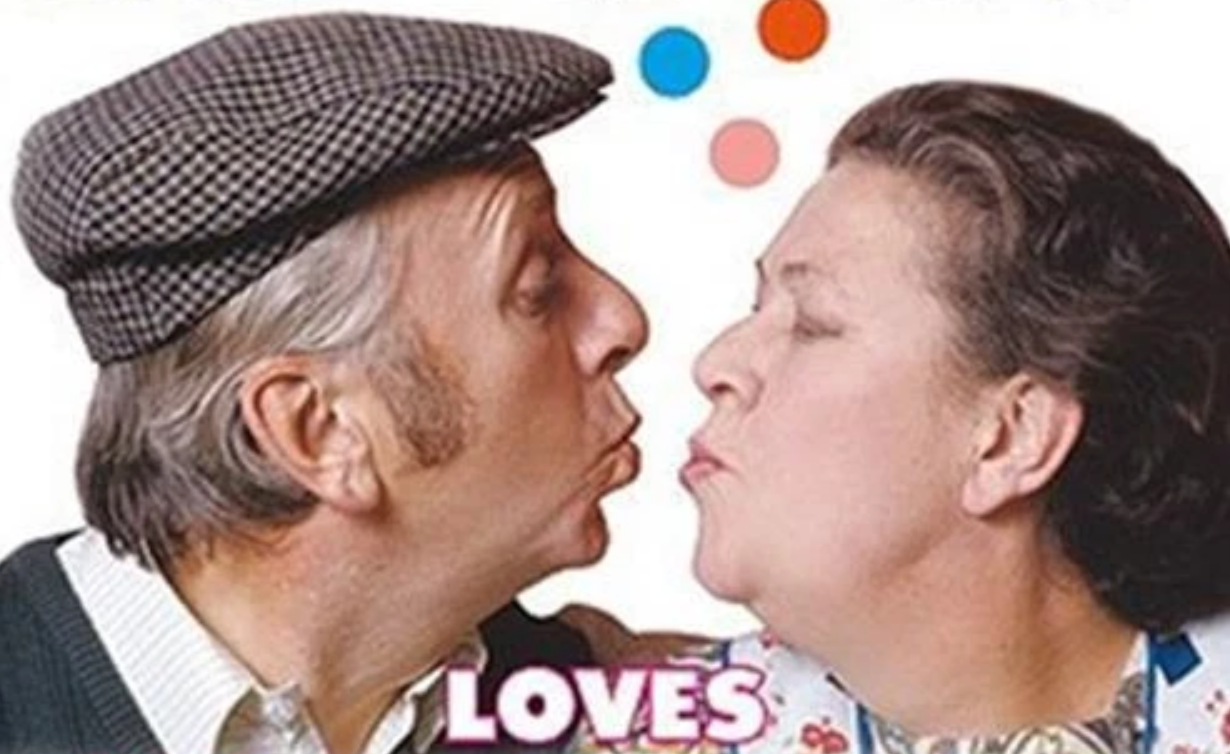
Television preservation catastrophes rarely exceed this comedy featuring Jimmy Perry, Peggy Mount, and Hugh Lloyd. Only two of thirteen episodes remain extant, creating an exceptionally fragmented historical record. These surviving monochromatic episodes remain extraordinarily difficult to access. Audiovisual preservation requires comprehensive digitization methodologies before additional cultural documentation becomes permanently inaccessible. Without substantial conservation initiatives, historical programming vanishes from collective consciousness with alarming rapidity.
8. Grasshopper Island

This 1971 children’s programming followed three siblings investigating an extraordinary insular location. Julian Orchard portrayed entomological specialist Cornelius Button, with Patricia Hayes as domestic employee Lupus and Charles Hawtrey providing additional characterization. Available through increasingly inaccessible physical media, rediscovering this content provides insight into children’s entertainment developed when imaginative narratives superseded technological capabilities. The production demonstrates creative excellence predating computational visual enhancements. Preserving such distinctive content remains essential for younger demographics accustomed to abbreviated attention requirements.
7. The Legend of Robin Hood
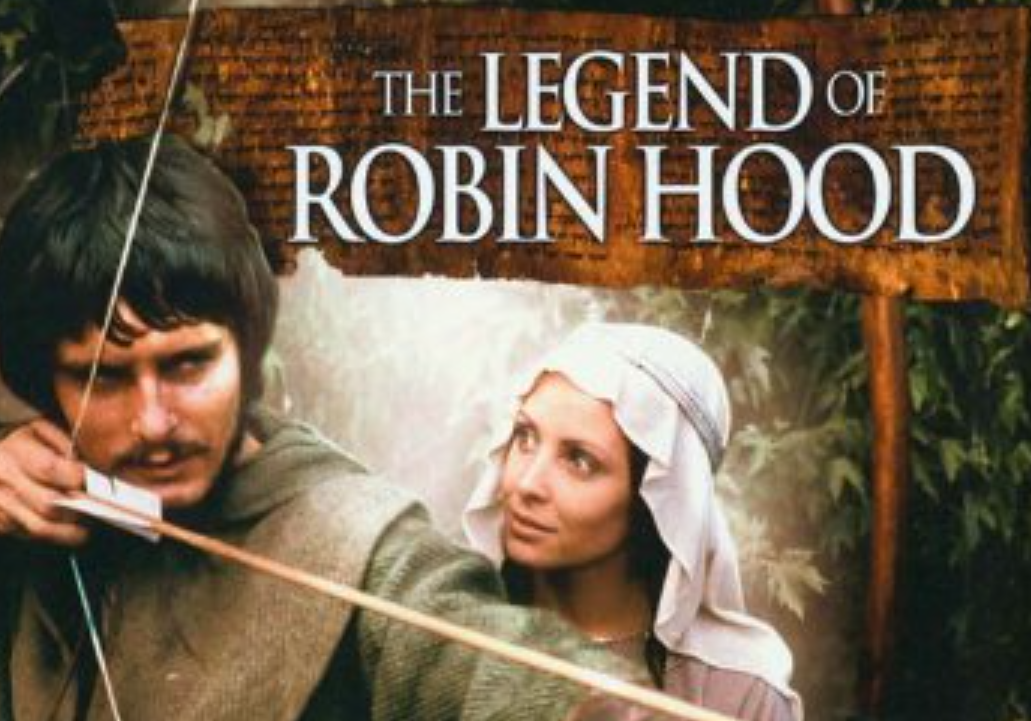
The BBC’s 1975 interpretation of this folkloric narrative approached the material with extraordinary solemnity. Martin Potter portrayed Robin with Diane Keane as Marian and Paul Darrow delivering a Sheriff of Nottingham characterization of remarkable intimidation capabilities. Archived through both YouTube and DVD distribution channels, its deliberate narrative progression challenges contemporary viewing preferences. While the dramatic tone potentially alienates viewers accustomed to superhero cinematic dialogue patterns, this version eliminates Hollywood storytelling conventions to emphasize historical authenticity that scholarly audiences appreciate.
6. Moonbase 3

This 1973 science fiction drama maintained brief broadcast presence. Co-produced through BBC and ABC collaboration, it prioritized scientific authenticity when comparable programming favored implausible extraterrestrial confrontations. Archivists transferred it to DVD format though distribution remains extraordinarily limited. Moonbase 3 selected realistic space exploration challenges rather than sensationalistic entertainment. Scientific communities acknowledge its factual accuracy while general audiences consider it excessively pedagogical. The program demonstrates that educational content occasionally fails to integrate effectively with entertainment objectives.
5. Doomwatch
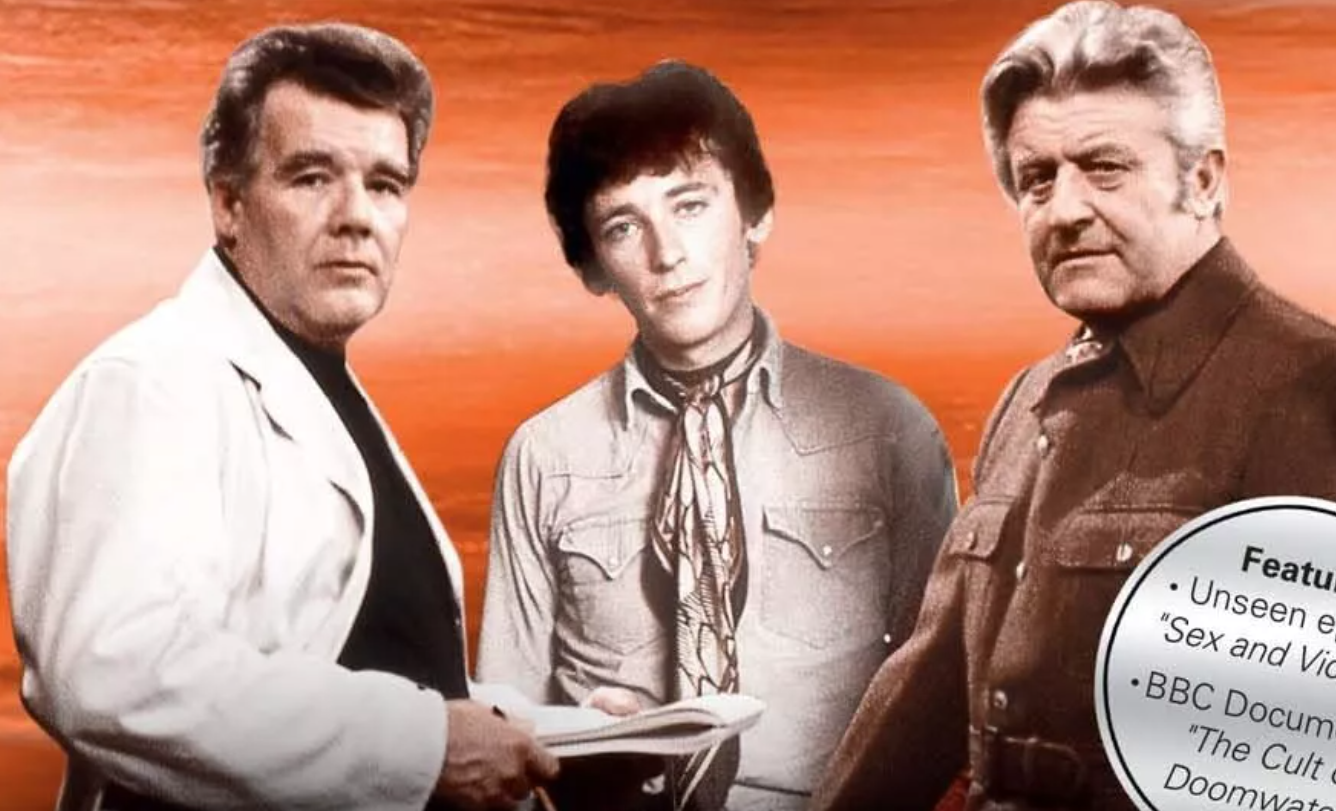
Before environmental concerns dominated contemporary discourse, this BBC series (1970-1972) depicted scientists addressing ecological catastrophes with remarkable determination. Investigations encompassed hazardous waste and animal mistreatment with extraordinary prescience. Approximately 47% of produced episodes remain accessible—a preservation deficiency environmentalists might consider symbolically appropriate. Both televised and cinematic adaptations subsequently transferred to digital format. Doomwatch anticipated current environmental challenges decades before they achieved widespread recognition, demonstrating entertainment occasionally demonstrates greater foresight than governmental policy initiatives.
4. The Squirrels
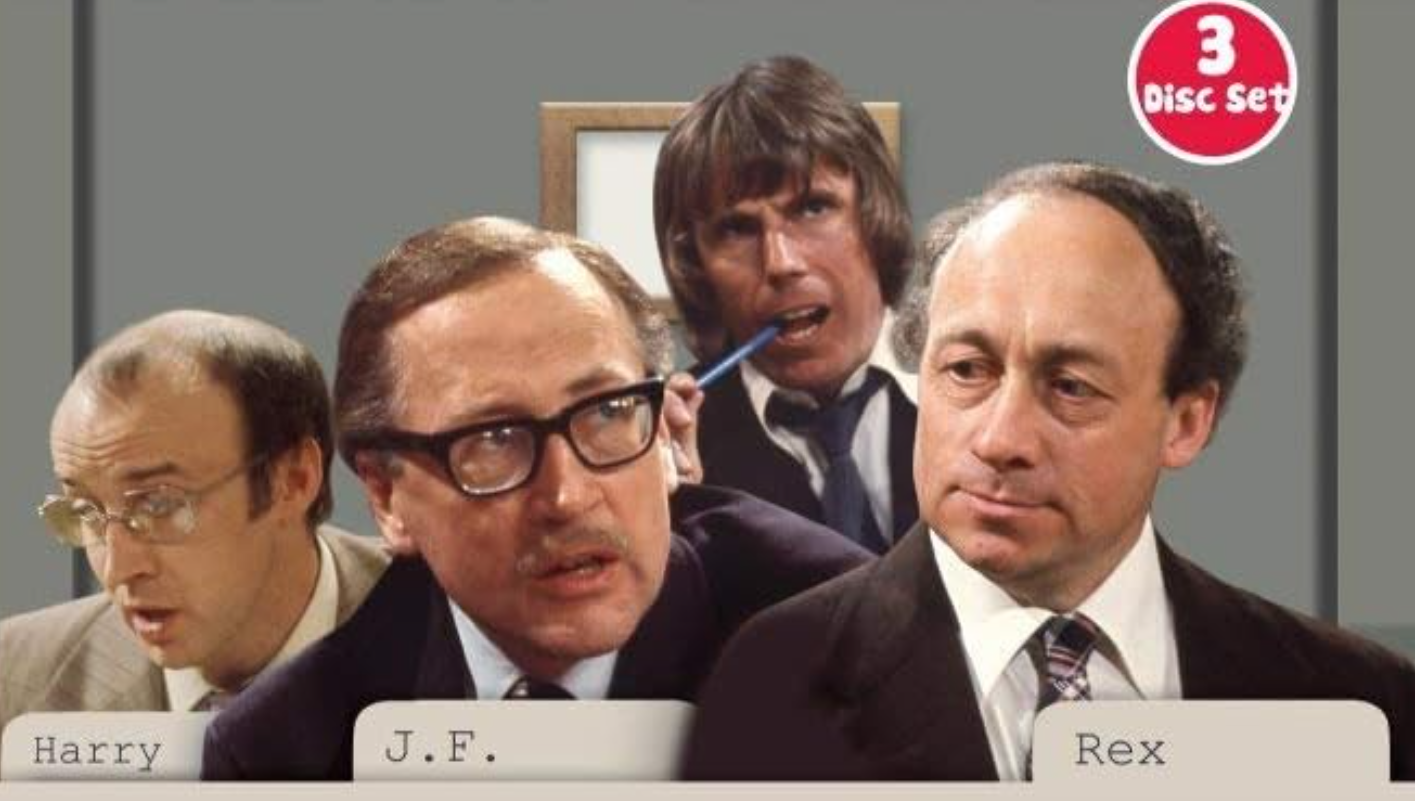
Workplace comedic narratives predated contemporary examples, as this Eric Chappell-developed series established. Ken Jones and Bernard Hepton portrayed employees navigating organizational politics that contemporary professional environments might consider relatively straightforward. Archivists preserved all 22 episodes through online platforms, documenting universal professional experiences including interdepartmental rivalries and administrative absurdities that maintain contemporary relevance. The Squirrels demonstrates that regardless of technological advancement, organizational dynamics remain consistently problematic across generational boundaries.
3. The Famous Five
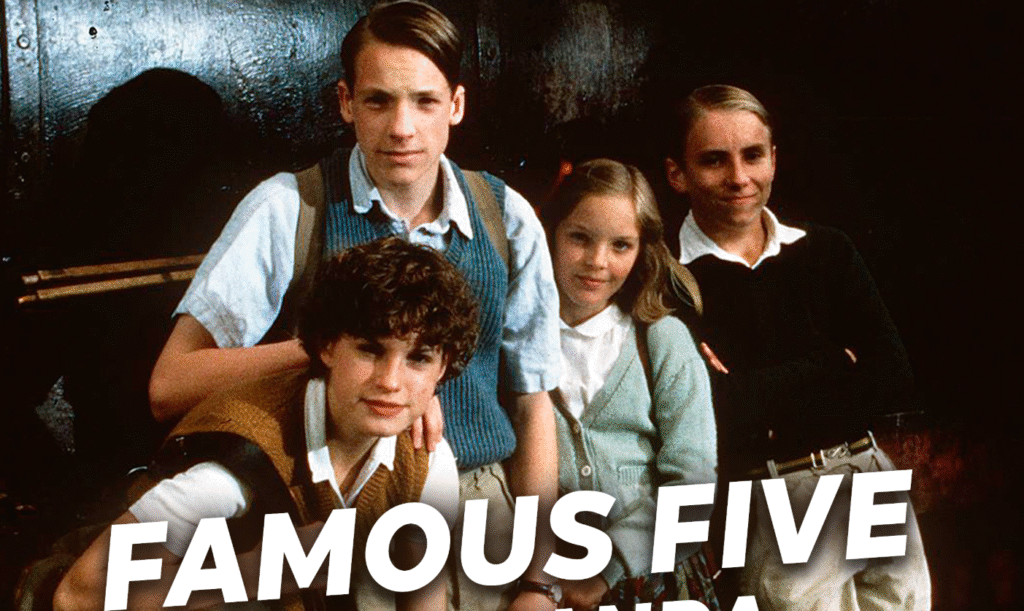
This adaptation modernized Enid Blyton’s adventure literature from post-war setting to contemporary 1970s environment—creating considerable chronological dissonance. After successful initial programming, Southern TV executives proposed additional content until the Enid Blyton Foundation intervened decisively. Physical media distribution remains limited, though digital platforms maintain accessibility. The series delivers inconsistent quality, similar to contemporary adaptations—portraying established characters while implementing controversial creative modifications. It functions as transitional entertainment bridging different children’s programming methodologies before commercialization dominated production decisions.
2. Potty Time

Michael Bentine’s unconventional puppet programming broadcast from 1973 to 1980 on ITV, featuring distinctive characters with excessive facial hair. Bentine provided vocal characterization exclusively, establishing comprehensive creative control. The program presented historical events through comedic interpretation, communicating educational content through entertainment methodologies. Potty Time transformed conventional education into engaging content substantially before contemporary explanatory media, demonstrating educational programming needn’t sacrifice entertainment value when appropriately constructed.
1. Indoor League
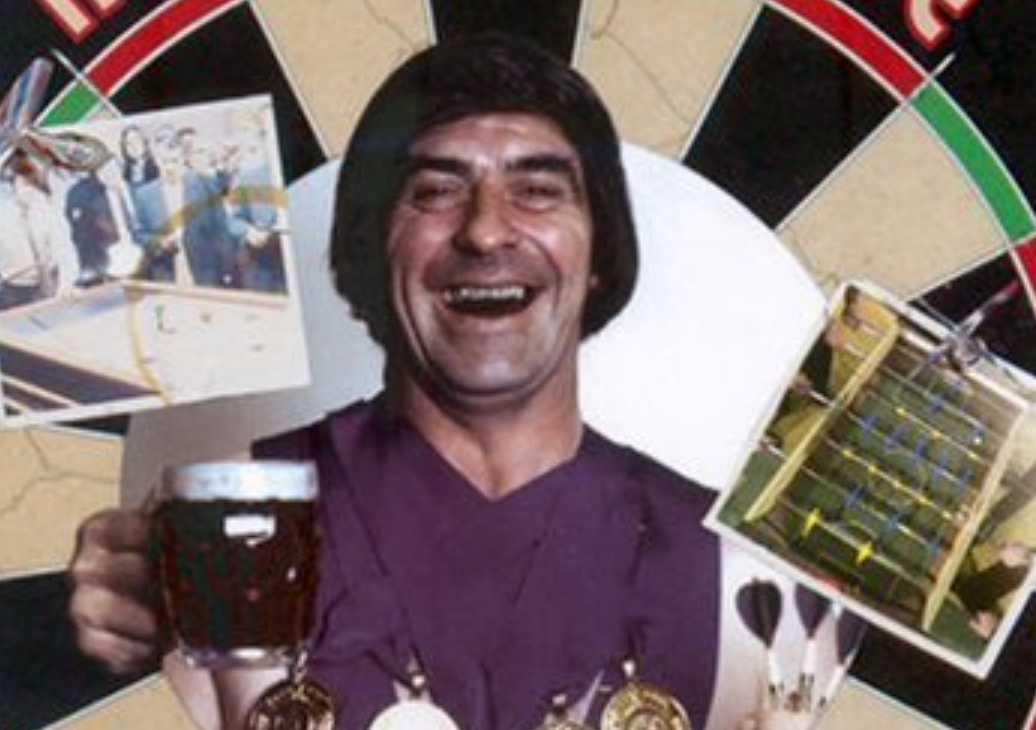
Fred Trueman presided over this documentation of traditional pub competitions, created by darts commentator Sid Waddell before athletics required professional participants and substantial financial infrastructure. Competitions featured accessible activities including projectile targeting, specialized billiards, traditional coin-sliding, and physical strength demonstrations. Physical media distribution remains extraordinarily limited, though digital fragments survive. Indoor League elevated commonplace recreational activities to broadcast-worthy competition, preserving cultural traditions increasingly eliminated from contemporary establishments. The program documented authentic leisure methodology before corporate standardization redefined social gathering environments.




